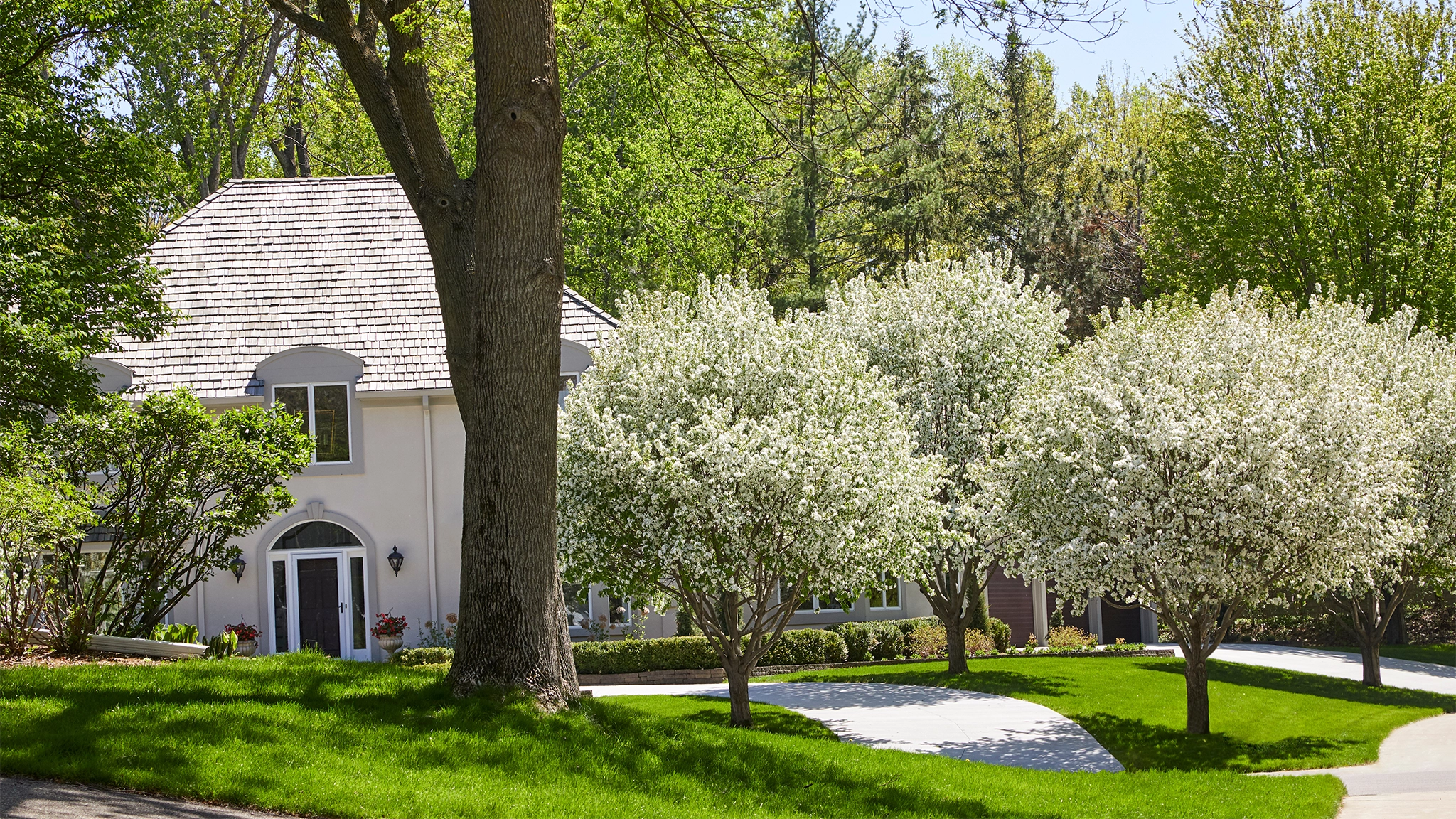5 DIY Tree Pest Management Tips Every Homeowner Should Know

November 9, 2024
Taking care of your trees can be rewarding and helps prevent costly damage and loss. While some infestations require professional help, there are simple, effective DIY strategies homeowners can use to protect trees from common pests. Here are five practical tips to help keep your trees healthy and pest-free.
1. Inspect Your Trees Regularly
- What to Look For: Regular visual inspections are crucial for catching infestations early. Look for signs like holes in bark, unusual sap leaks, discolored leaves, or wilting branches.
- Frequency: Conduct a thorough inspection at least once a season, focusing on spring and summer when pest activity is high.
- Tip: Use a small flashlight to examine bark and branches closely. For larger trees, consider binoculars to check the canopy.
2. Proper Watering Techniques
- Importance of Watering: Proper watering strengthens trees and helps them resist pest attacks. Both overwatering and underwatering can stress trees, making them more susceptible to pests.
- How to Water Effectively: Water deeply and infrequently, focusing on the tree's root zone rather than the trunk. This encourages deep root growth and drought resilience.
- Tip: Water young trees regularly until they are established. For mature trees, water only during prolonged dry spells.
3. Mulch for Pest Prevention
- Benefits of Mulching: A layer of mulch around your tree not only conserves moisture but also helps regulate soil temperature, which can deter pests.
- How to Mulch: Apply a 2-4 inch layer of mulch around the tree's base, leaving a gap around the trunk to prevent moisture build-up that could attract pests.
- Tip: Use organic mulch, like wood chips or bark, as it breaks down naturally and adds nutrients to the soil.
4. Pruning Tips for Tree Health
- Why Prune Regularly: Pruning removes weak or diseased branches, which can attract pests, and improves air circulation within the tree canopy, reducing fungal infections.
- When to Prune: Prune in late winter or early spring before new growth begins, as this minimizes stress on the tree.
- Tip: Use clean, sharp pruning tools to make clean cuts, and avoid pruning during wet weather to reduce the risk of disease.
5. Use Natural Pest Deterrents
- Neem Oil and Other Organic Options: Neem oil is an effective, eco-friendly pesticide for a variety of tree pests. It disrupts insect feeding and reproduction without harming beneficial insects.
- DIY Soap Spray: A simple spray made from mild dish soap and water can be used to deter soft-bodied insects like aphids.
- Tip: Test any spray on a small leaf area first to ensure it doesn't damage the tree.
Know When DIY Isn't Enough
While these DIY tips are effective for minor issues and prevention, some pest infestations require professional help. If you notice extensive damage, like multiple dying branches or large clusters of pests, it's best to contact a tree pest management expert to assess the situation.
[ SEE ALL ARTICLES ]
